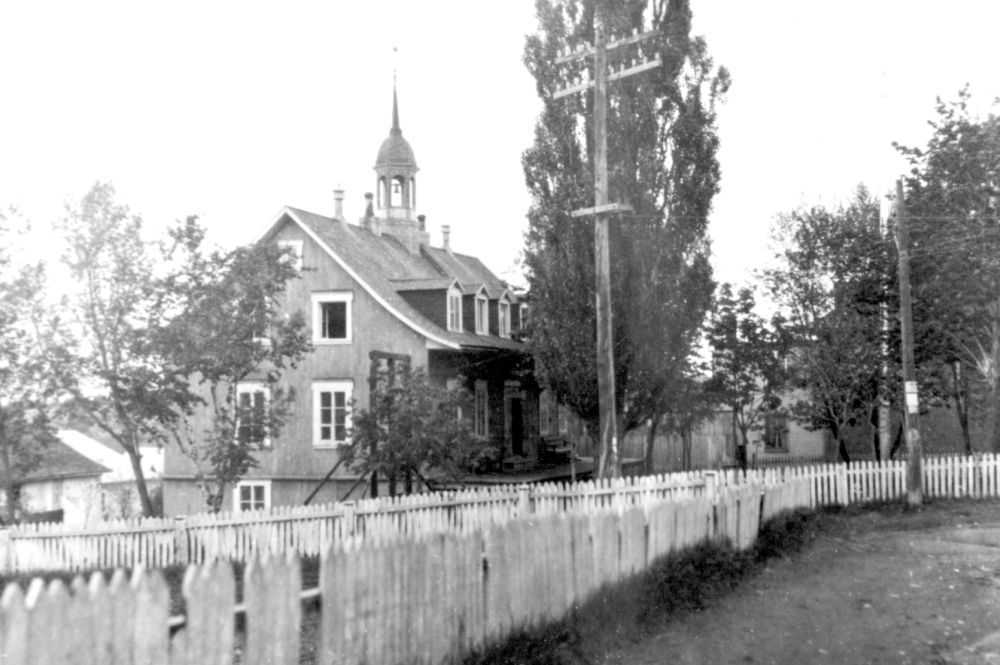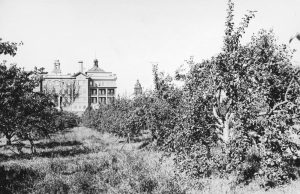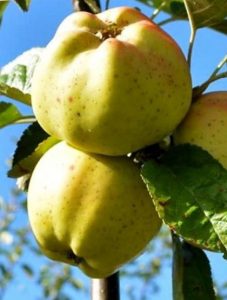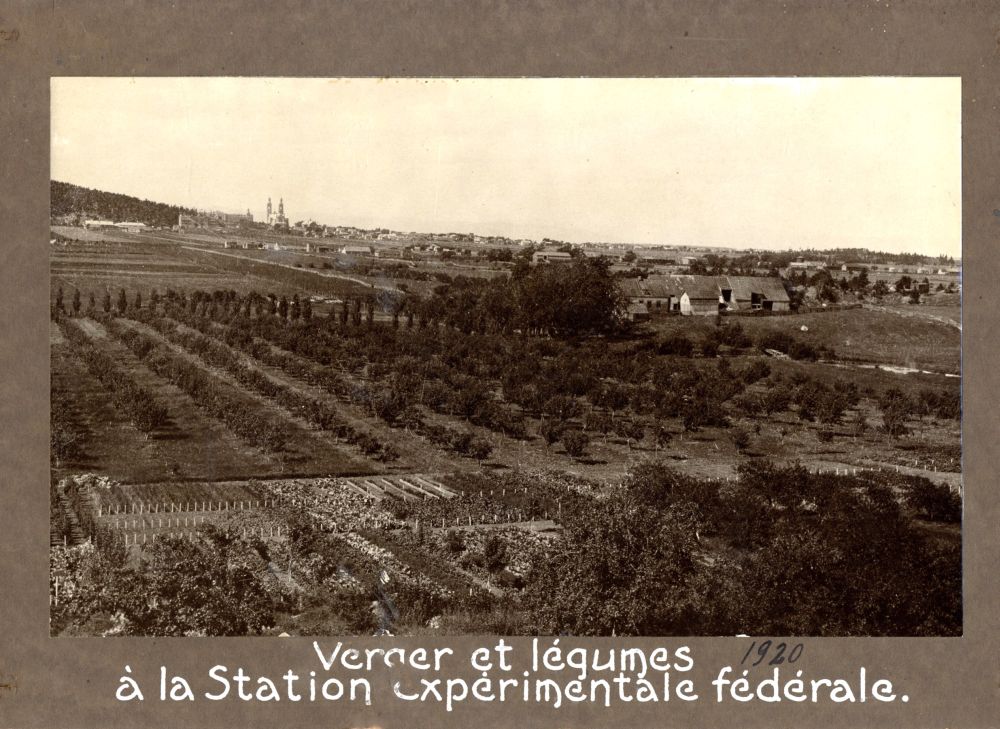Sharing knowledge forward
It’s important to share all the knowledge acquired over the decades and the increasingly scientific direction taken by fruit growing.

In the 1850s, core knowledge on fruit trees became concentrated and organized in various ways in Sainte-Anne-de-la-Pocatière on the Côte-du-Sud. The goal was to share information and discoveries. Let’s look at what’s been done.
First, in 1859, Father François Pilote of the Collège de Sainte-Anne-de-la-Pocatière founded the first permanent agricultural school in Canada.

The first agricultural school in Sainte-Anne-de-la-Pocatière was housed in this building from 1859 to 1912.
It opened its doors in Sainte-Anne-de-la-Pocatière. This school was a technical and practical training school until 1912, when it became affiliated with Université Laval. From then on, students could obtain a bachelor’s degree in agricultural sciences. In 1938, the school became part of Laval’s Faculty of Science, and two years later, it became its Faculty of Agriculture, which trained agronomists.
A school farm and a model orchard were at the service of research professors and students. A bi-monthly newspaper was founded in 1861 to disseminate new knowledge outside the institution and provide farmers with advice.
La Gazette des campagnes, journal du cultivateur et du colon was published until 1895 by Firmin Proulx, publisher and owner of the newspaper. This publication became available to farmers again from 1941 to 1956, thanks to the initiative of Louis de Gonzague Fortin, agronomist and professor. Later on, other publications, including the Le Journal d’agriculture et d’horticulture de la province de Québec (1898) and Le Bulletin des agriculteurs (1916), made advances in agriculture accessible to all.
Radio was also used to reach out to farmers and fruit tree owners. Members of the Société de science naturelle de La Pocatière recorded talks at the CHGB station in La Pocatière. They often talked about orchards, as on February 10, 1948, when the conversation focused on the Calville Blanche apple.
The inhabitants of the Côte-du-Sud: Naturally curious!
In 1910, Ernest Lapointe, Member of Parliament for Kamouraska, Joseph-Édouard Caron, Provincial Minister of Agriculture, and J.-H. Grisdale, Director of Experimental Farms, came to Sainte-Anne-de-la-Pocatière at the request of residents of the counties of L’Islet and Kamouraska. The residents were asking these elected officials to set up an agricultural experiment station.
The response to the visit was positive. In 1912, the first experimental farm was inaugurated in Quebec.




